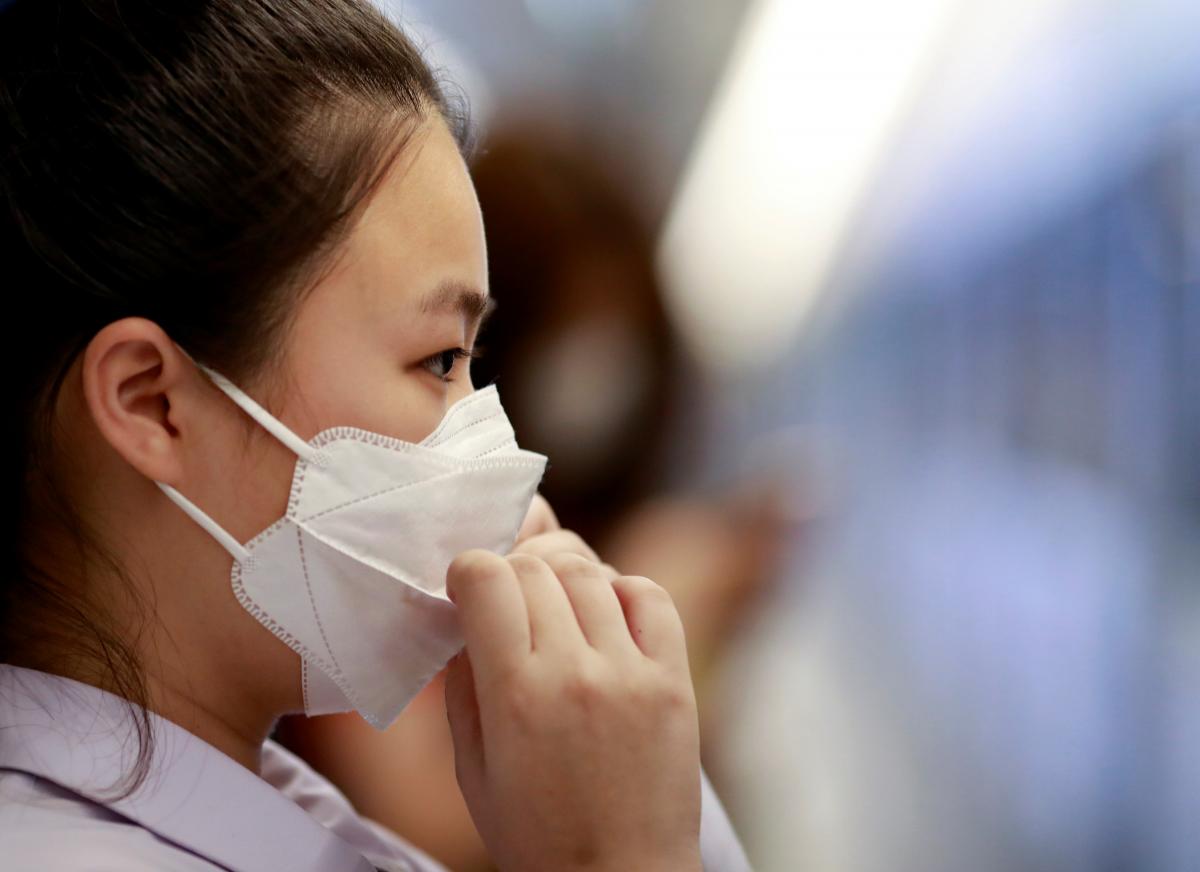On the techno-economic impact of the coronavirus from China
Believe or not, the SARS (Severe Acute Respiratory Syndrome) outbreak of November 2002, from Southern China, pales in comparison to what we are seeing right now in the Coronavirus Disease 2019 (code-named “COVID-19”) from Wuhan, China. As of the writing of this article (midnight February 14/15 2020 Nigerian Time), the total number of confirmed cases […]

Believe or not, the SARS (Severe Acute Respiratory Syndrome) outbreak of November 2002, from Southern China, pales in comparison to what we are seeing right now in the Coronavirus Disease 2019 (code-named “COVID-19”) from Wuhan, China. As of the writing of this article (midnight February 14/15 2020 Nigerian Time), the total number of confirmed cases is at least 66,492, with a death toll of 1,523 on the Chinese mainland.
In New York City a few days ago, numerous Chinese restaurants were without customers, while many were actually closed down because of the coronavirus that started from China, at least 7,000 miles away. Starting a few days ago, Royal Caribbean and Norwegian Cruise Line started denying people with passports from China, Hong Kong, and Macao.
Sean O’Kane of The Verge reported on 8 February 2020 that “the (US) Secretary of Health and Human Services Alex Azar has since declared a public health emergency, and the government started diverting flights from China to the US to seven airports for advanced screening.” The problem has certainly gotten worse since then. President Trump subsequently proclaimed that “any foreign national who tries to enter the US within 14 days of having traveled to China will be turned away.” Moreover, ALL of the major US airlines that operate routes to and from China have suspended those flights.
As to the source of this virus, according to Debora McKenzie (News Scientist, 12 February 2020), “the Covid-19 coronavirus is similar to the one detected in bats in China in 2013, but a failure to act on the warnings of those who studied it means we missed an opportunity to protect human health.” “From the virology evidence available to date, the virus is almost certainly from a species of bat,” Andrew Cunningham of the Zoological Society of London is quoted as saying.
The Coronavirus, to which the present epidemic (COVID-19) in China belongs, as do SARS and MERS (Middle East Respiratory Syndrome), are a few of the six previously identified viruses now known to infect humans. Experts say that two others: human coronaviruses – 229E and OC43 – are responsible for the majority of cases of the common cold that we experience. Of the six, four were reportedly only identified in the last 15 years. According to epidemiology experts, “what makes SARS of particular threat is that, along with its close relative MERS – and perhaps COVID-19 – it is the only pathogen on the World Health Organization’s R&D Blueprint list of priority diseases which can be spread from human to human respiratorily. Viruses in other families like filoviruses (wherein Ebola is classified) have higher mortality rates, but are also less easily passed from person to person.”
According to the US Center for Disease Control, the following countries have already reported cases of COVID-19 as of the writing of this article: China, Hong Kong, Macau, Taiwan, Australia, Belgium, Cambodia, Canada, Finland, France, Germany, India, Italy, Japan, Malaysia, Nepal, Philippines, Russia, Sri Lanka, Singapore, Spain, Sweden, Thailand, The Republic of Korea, United Arab Emirates, United Kingdom, United States, and Vietnam.
Regarding the impact of the epidemic on global economics and technology, we can only scratch the surface, as the impact is so huge that it cannot be exaggerated. (The political ramifications of COVID-19 in terms of the potential to destabilize the Communist Party’s control cannot be ruled out if the epidemic is not quickly controlled.) When SARS broke out in 2002, China was not as important as it is today in terms of its role in world technology and commerce. Alexis Madrigal summarizes this in Atlantic.Com a few days ago: “Chinese manufacturing cities such as Wuhan, the epicenter of the outbreak, are intimately entangled with the supply chains of the entire world. That means that both the disease and the containment measures enacted to control it (take, for example, the quarantine still in place for 70 million people) will have a dramatic effect on businesses across disparate industries.” Madrigal illustrates cascading effects using Apple – the manufacturer of iPhone – which has a big presence in China, as an example: “An American retailer might contract with only one Chinese company, but that entity in turn might act like a general contractor, pulling in components from many sources or farming out work to a changing list of factories. In 2018, for instance, more than 1,000 facilities were involved in some way with the making of Apple products.”
Factories in China are reportedly running at relatively very low capacity, and container ships are said to be sailing with smaller than normal cargo loads, while the prices for bulk carriers that move iron ore and coal have reportedly collapsed. The telecoms Mobile World Congress scheduled to take place in Barcelona this month, has been cancelled after exhibitors like Facebook, Amazon, BT, etc., pulled out because of COVID-19.
The known and anticipated consequences of COVID-19 may not be felt outside of China for a while, say several months – and the real magnitude may not be known until then.
